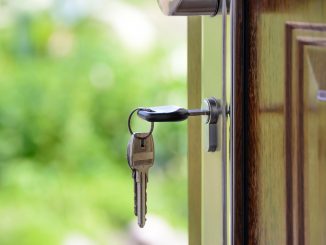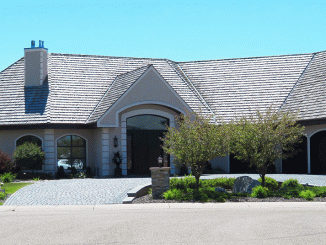
As if the hurdles of saving for a down payment, getting your credit in order and finding the right home weren’t difficult enough, now mortgage rates are surging to their highest levels in more than 20 years.
On Thursday, Freddie Mac announced that for the first time in 2 decades, the 30-year fixed-rate mortgage had risen to 7.08% from 6.94% only a week ago. In comparison, last year at this time the 30-year rates averaged 3.14%.
“The 30-year fixed-rate mortgage broke seven percent for the first time since April 2002, leading to greater stagnation in the housing market,” said Sam Khater, Freddie Mac’s chief economist.
Since late August, mortgage rates have risen almost every week and more than doubled since the beginning of the year.
The recent rise in rates has caused home prices to drop 1%, as indicated by the latest reading from a well-regarded index of home prices. Although, when compared to this time last year, prices have increased 13%.
“With mortgage rates continuing to rise, the purchasing power of borrowers is shrinking”, said Edward Seiler, MBA’s Associate Vice President, Housing Economics, and Executive Director, Research Institute for Housing America.
Where prices will go next is a topic of discussion among economists.
“Our forecast is for about flat home price growth in ’23 and ’24,” said Joel Kan with the Mortgage Bankers Association. “But if you have flat home price growth for the country you’re going to have lots of geographies that see outright declines.”
According to Moody’s Analytics, home prices will fall an average of 6% nationally on a year-over-year basis- with some areas seeing a decline as large as 10% from the June peak.
“As inflation endures, consumers are seeing higher costs at every turn, causing further declines in consumer confidence this month,” Khater noted, adding that ” many potential homebuyers are choosing to wait and see where the housing market will end up, pushing demand and home prices further downward.”
Most market analysts agree that there will be no rapid decline in home prices anytime soon. The main reasons for this is the current housing shortage combined with the number of homeowners who have loans with fixed rates they can still afford.
That said, the rising mortgage rates are causing more difficulties for potential homebuyers. A year ago, if you put down 20% on a $390,000 home and got a 30-year mortgage with an average interest rate of 3.14%, your monthly mortgage payment would have been $1,339 according to Freddie Mac’s calculations.
Today, if a homeowner were to purchase a house for the same price at an average rate of 7.08%, they would pay $2,093, or $754 more each month in interest and principal fees.
And things don’t seem to be getting better. During last week’s meeting with real estate investors, National Association of Realtors Chief Economist Lawrence Yun stated that mortgage rates could potentially rise to 8.5%. Other analysts have said that mortgage rates may even reach double digits in the near future.
- Bulenox: Get 45% to 91% OFF ... Use Discount Code: UNO
- Risk Our Money Not Yours | Get 50% to 90% OFF ... Use Discount Code: MMBVBKSM
Disclaimer: This page contains affiliate links. If you choose to make a purchase after clicking a link, we may receive a commission at no additional cost to you. Thank you for your support!




Leave a Reply